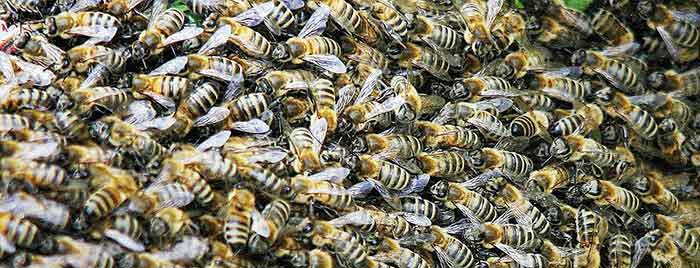Bees play a vital role in pollinating crops that help drive agricultural economies worldwide. With honeybee die-offs increasing in recent years, researchers are investigating the use of spectroscopy techniques to monitor concentration levels of potentially harmful insecticides. In this application note, we evaluate the effectiveness of surface enhanced Raman spectroscopy (SERS) to measure trace levels of imidacloprid, one of a class of insecticides linked to honeybee loss.

Background
Because of their role as pollinators, honeybees are a critical element of ecosystems worldwide, and contribute nearly $25 billion in crop value each year to agricultural economies in just the European Union and United States. Bee pollination from commercial honeybee colonies is crucial to growers of almonds, apples, blueberries, cherries and other fruits and vegetables. In the U.S., many growers rely on rented bee hives for successful planting seasons. In recent years, high rates of honeybee loss have prompted investigation by government regulators and other researchers. Early in 2016, the U.S. Environmental Protection Agency cited the insecticide imidacloprid as a threat to commercial honeybee colonies1. Imidacloprid is widely used for pest control in agriculture, turf management and home protection applications.






